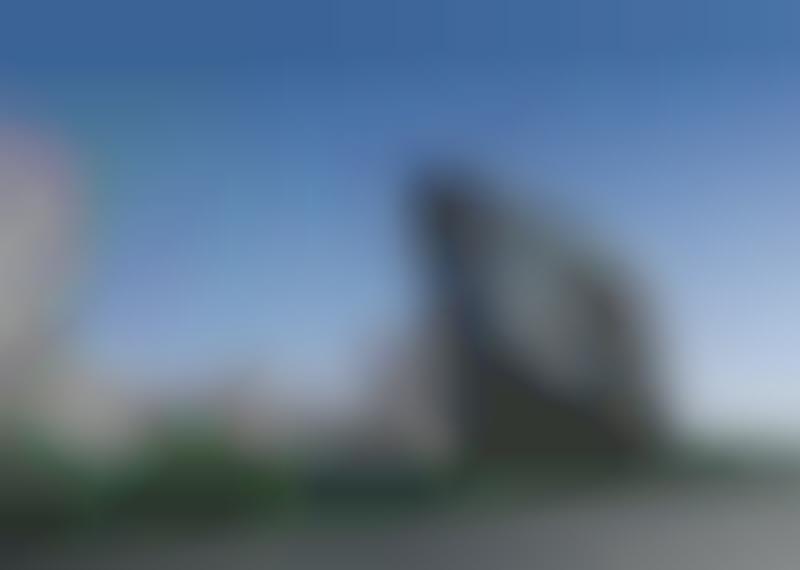

It is expected that through understanding these patterns and techniques, many things might be clarified and these might help those who are interested in designing Zaha Hadid‘s architecture. Moreover, it showed the techniques Hadid usually uses to generate form which are abstraction, landscaping the surrounding context, play of light, idea of the ground and gravity, layering, seamlessness and fluidity. The content analysis has contributed in exposing main themes such as her strategy of design, form notion, and her techniques which this study has focused on. It is shown that Hadid often works within framework of five patterns for the project‘s shape notion based on their dominant characteristics that are suprematist, topographical, fluid, organic, and parametric. While 24 percent of them was characterized by fluidity, 7 percent has organic features, 6 percent was inspired from the surface form of topography, and 10 percent was shapely designed in parametric manner. Through noting, quantifying, and tabularising the prevailing features of project‘s form, it is indicated that 53 percent of Hadid works was influenced by suprematism. A study of her drawings, projects images, and their descriptions was done for 208 projects in regard to form notion. A content analysis for Hadid‘s interviews was done through categorizing her words and phrases under different themes, clustering and partitioning them into variables. Since there is a lack of academic sources on this topic, the data largely came from her published interviews, whether videos from internet or from magazines and books. Research methodology was a qualitative study using descriptive, analytical, and exploratory methods. Moreover, the study emphasises her strategy of designing architectural form as well as the principles she uses.

Therefore, this study‘s aims are to find out her techniques of generating creative forms and to investigate whether there are any form patterns in her works. This avoidance of purely hand crafted techniques ensures that the manufacture of systems for complex buildings can be also applied to large-scale building facades.A considerable number of architectural students, architects, and designers of fashion and furniture around the world who admire Zaha Hadid‘s works generally find it difficult to understand her way of designing form. Information for edge returns for the panels, used to stiffen panels at their edges, was provided by developed -or unrolled- shapes offset from the curved shapes in the 3D model supplied by the design team. Digitally controlled devices are used to adjust the shape of the panel with data provided by the 3D model. The utilization of this technique allows complex cladding shapes formed in single curved geometry to be fabricated quickly and economically to a high standard. The flexible moulding tables use digital input to create visually complex forms without the need for hand-made components with their associated fabrication tolerances. The three-dimensional form was described by a grid of points linked by regular curves that create the single curved forms with non-rectilinear edges. The moulding table was designed by the manufacturer of the panels, Arabian Profile Company Limited, who make envelope systems that focus on realising ambitious architectural designs using mass production and mass customization techniques. It rises, undulates, and wraps inward at its base to completely envelop the building’s various volumes. These panels generate a single curving surface that appears to emerge from the topography. We can found an example of this kind of facade in Zaha Hadid's Heydar Aliyev Cultural Center (2012), which involved the manufacture of 16,150 cladding panels. While building envelope systems are mostly described through rectilinear building forms, they can equally be applied to complex geometries and associated mass customisation techniques. Zaha Hadid: Heydar Aliyev Cultural Center (2012) A dialogue ensures that an optimised level of information is provided for the prototype: too much information can lead to the facade system becoming more expensive than would be the case if fabricator were allowed to provide more economical methods of manufacture too little information can result in the manufacturer being required to solve design issues that could have been addressed and resolved at a much earlier stage. If a dialogue between designer and fabricator can be established during the design stage, then further time is saved in the procurement time of the prototype. The capability of the design team to supply these files for direct use in manufacturing avoids the need for a new set of detailed design proposals to be generated again from scratch.


 0 kommentar(er)
0 kommentar(er)
